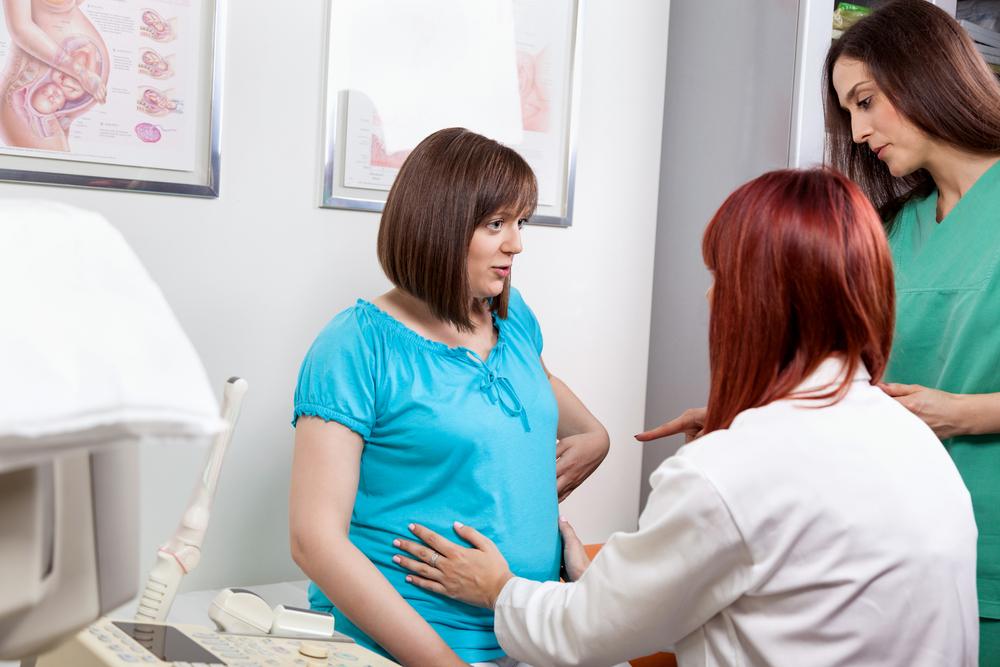
Overactive Bladder Symptoms and Treatments
An overactive bladder causes a strong urge to urinate, and can also create involuntary bladder contractions and accidents. Having an overactive bladder (OAB) can be embarrassing because symptoms are hard to manage. Examples of OAB symptoms are OAB incontinence, urinary urgency, frequent urination, and loss of sleep. When someone is experiencing an overactive bladder, it is not unusual for them to feel as if they can’t completely empty their bladder.
There are OAB treatments available to help control and manage symptoms, such as:
1. Pelvic floor muscle exercises
This exercise is used to strengthen the pelvic floor muscles, making it easier to control the bladder. This exercise can be done by squeezing the pelvic floor muscles, and holding them for 3 seconds. Ten repetitions should be done everyday for the best results.
2. Incontinence Pads
Using incontinence pads is a good way to manage an overactive bladder. They work well because they absorb 8 or more ounces of urine in the pad keeping it off your skin. They block odors and are disposable.
3. Bladder injections
There are a few different types of interventional therapies that could be recommended to treat an overactive bladder. Bulking material injections is one of the least effective methods used. It involves having a synthetic material injected into the tissue surrounding the urethra. It helps keep the urethra closed and reduces urine leaks. Another method is having botox injected into the bladder muscles. Nerve stimulators is another option. A device is implanted under the skin sending electrical surges to the nerves surrounding the bladder.
4. OAB medications
Medications can be used to help ease the symptoms of an OAB. The medications relax the bladder stopping the urge to urinate. Anticholinergic drugs are the most common medications used to treat OAB. These drugs work by blocking a chemical in the body that is responsible for causing the bladder to contract. Oxybutynin (Ditropan XL, Oxytrol), tolterodine ( Detrol, Detrol LA), trospium (sanctura), darifenacin (Enablex), Solifenacin (Vesicare), and fesoterodine (Toviaz) are all forms of anticholinergic drugs. These medications can be taken as tablets or capsules. Oxytrol can be used in the form of a skin patch. Taking antidepressants for treatment is another option if other medications don’t work. This drug works by relaxing the bladder and reducing the urge to urinate.
5. Surgery
Surgery is usually considered an option after all other treatments have failed. Sacral nerve stimulation, Augmentation cystoplasty, and urinary diversion are all different types of surgery that could be done to treat symptoms. If no treatments work, bladder removal is an option.




